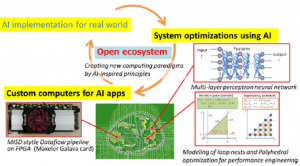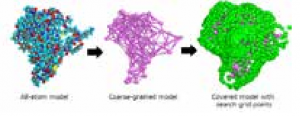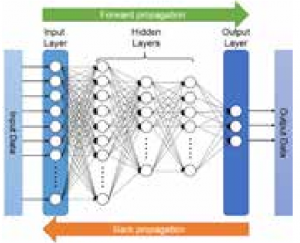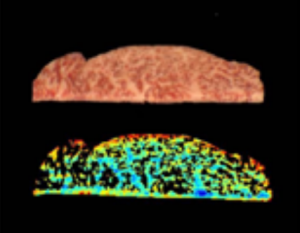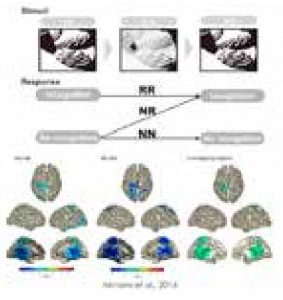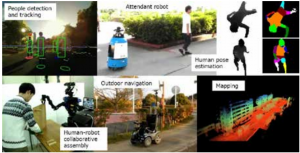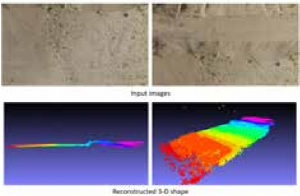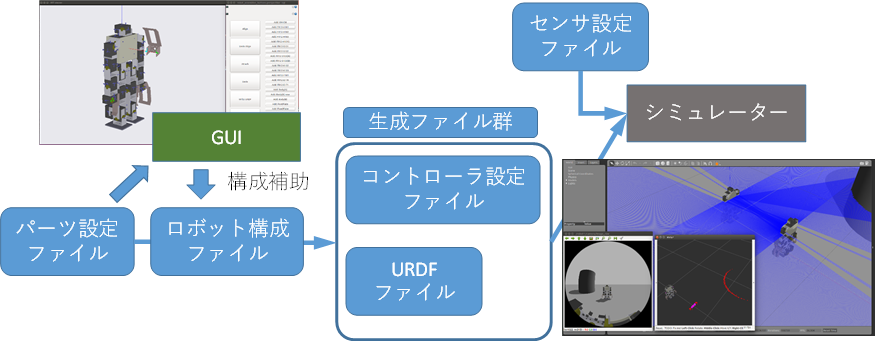Professor
Keywords
Network architecture, Distributed processing systems, WDM(Wavelength Division Multiplexing) Network, Network QoS(Quality of Service), Network Reliability, Edge computing, Network Function Virtualization(NFV)
The Information Networks Laboratory is engaged in research that integrates information systems and networks to realize new network services.
Network services such as cell phone services, web conferencing, network games, agriculture, transportation, and various Internet of Things (IoT) applications are provided via networks and information is processed via networks.
In a broad sense, networks that connect computers and networks that connect users and computers are part of information processing systems.
Usually, network services are required to provide comfort with high-capacity and low latency, convenience for use from any location, and safety for use without concern for security risks.
In this age of high-performance computers and high-speed networks, we consider networks part of information processing systems and are engaged in research on information processing systems to realize such comfort, convenience, and security.
Network distributed processing architecture
One of the challenges of services provided over the network is latency. Even in network games, unfairness due to delay differences occurs depending on the distance from the information processing system in which the application is running. For example, if the application is running on a server in Tokyo, the user in Tokyo and the user in Okinawa will be disadvantaged in terms of delay. An information processing system that eliminates these unfairness requires a mechanism that minimizes the delay of all users, such as the placement of the information processing system in the network and the processing method of the application, and makes the delay fair. .. The research theme of the network distributed processing system deals with research issues that realize low delay and fair delay control of services provided via a wide area network, assuming various usage scenarios.
Network service processing system
The current network is operated and managed independently of the mobile network that provides mobile phone services, the fixed network that provides the Internet line at home, and the cloud where applications run. The user terminal also puts the application on the smartphone, puts the application on the personal computer at home, and the data is also saved in each terminal. For example, there are many challenges in realizing an environment in which the exact same environment can be instantly reproduced even if a game or web conference that was running on a smartphone can be continued on a home computer without stress, or even if a computer or smartphone is replaced. The research theme of network service processing system deals with research issues of network service processing system authentication method, data deployment method, and network architecture, which are safe to use with peace of mind and convenient to use regardless of location or device.
Ultra-low latency optical network
For a large-capacity, low-latency network environment, it is necessary to change the way the network is created. The current network is roughly a switching system that distributes information to each destination and a transmission system for transmitting information far away, and realizes an information transmission function. While switching systems allow fine-grained destination selection, they can also be a factor in increasing latency because they buffer information. One approach to achieving a high capacity, low latency network is to configure a full mesh network without the use of switching systems that can increase latency. However, with a simple full-mesh configuration, there are problems such as the number of connectable bases is limited and it is not possible to select destinations with fine particle size. The research themes of ultra-low latency optical networks deal with research themes such as layered networks that solve these problems and optical wavelength network construction methods that efficiently utilize a small number of wavelengths.





